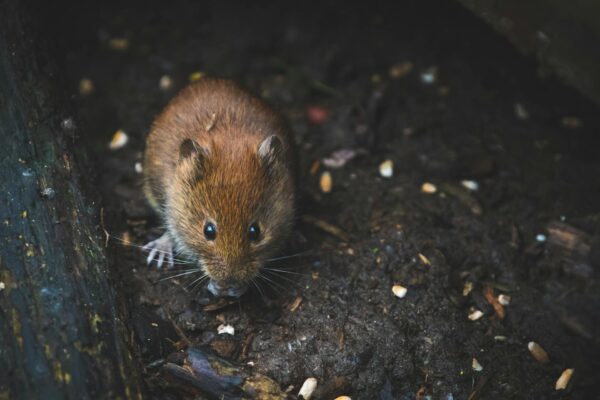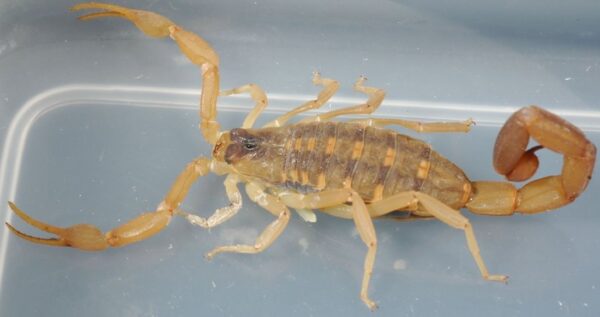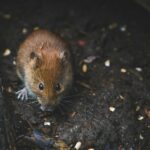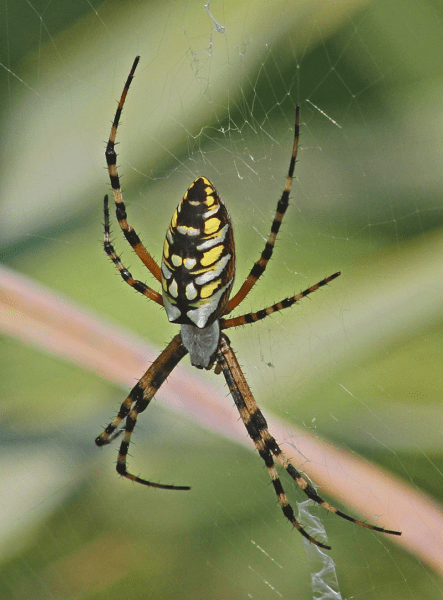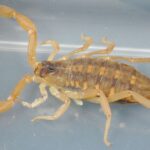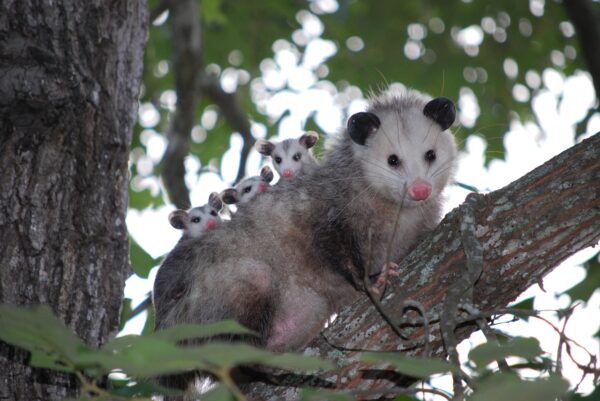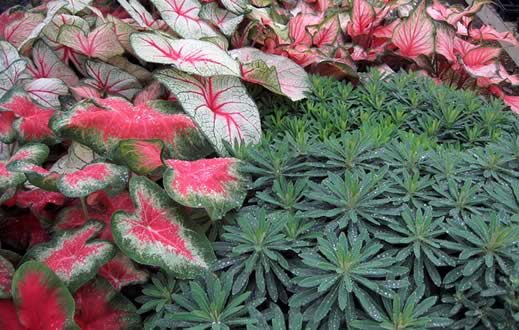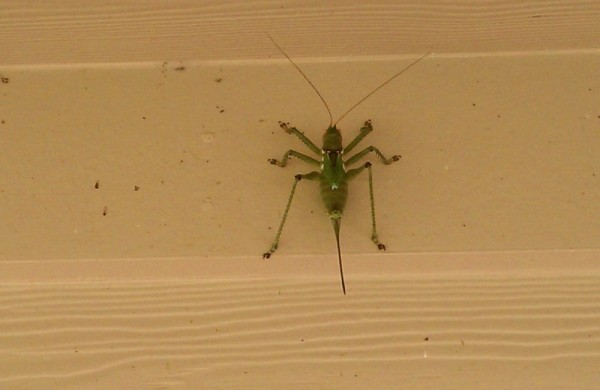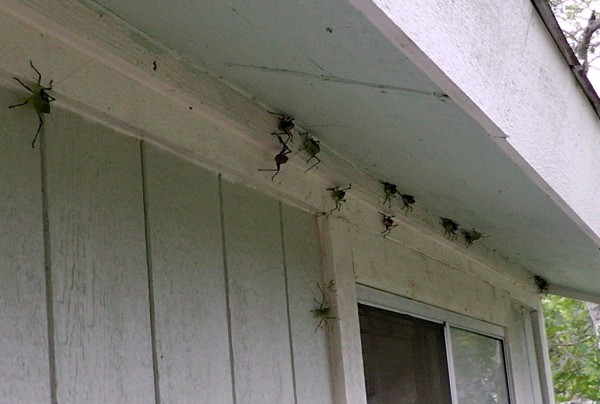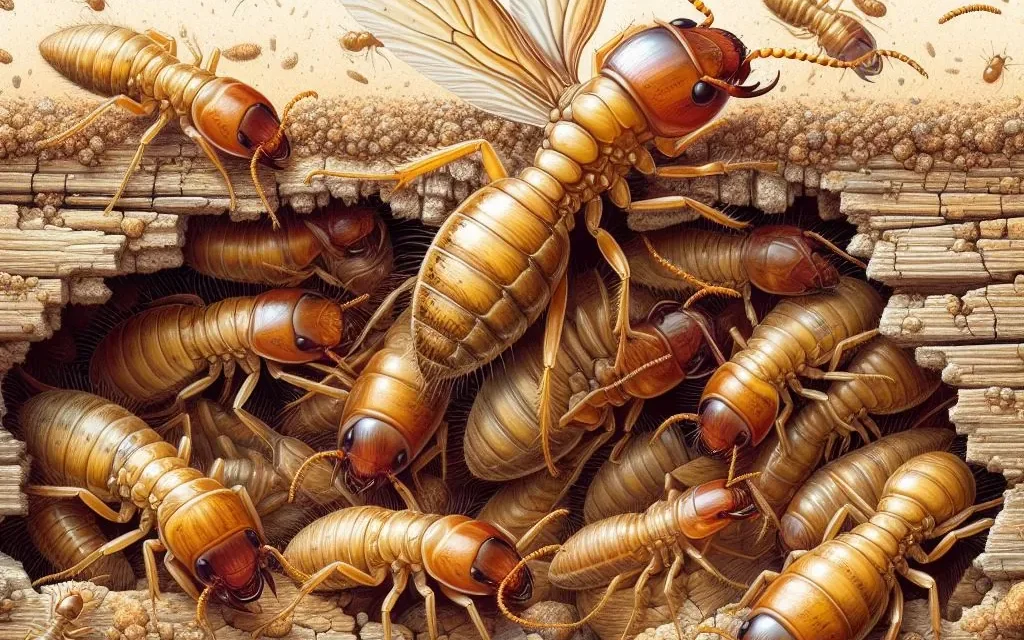
As residents of the Texas Hill Country approach the late February through March period, it’s crucial to turn our attention to a natural phenomenon that could significantly impact our homes and properties: termite swarming season. This annual event marks the beginning of a critical time for homeowners, as swarms of termites set out to establish new colonies, potentially within our living spaces. This informative article aims to shed light on termite swarming season, its implications, and the steps you can take to protect your property.
What is Termite Swarming Season?
Termite swarming season refers to a specific period, usually from late February through March in Texas, when mature termite colonies release swarms of winged termites into the air. These winged termites, also known as “swarmers” or “alates,” embark on a nuptial flight to mate and find new locations to establish additional colonies. The swarming occurs on warm, humid days, often following rain, creating ideal conditions for termites to thrive and multiply.
Why Should San Antonio and Bulverde Residents Be Concerned?
The presence of termite swarmers outside your home does not necessarily mean your property is infested. However, it indicates that termite colonies are nearby, posing a potential risk to your home. More alarming is the discovery of swarmers inside your house, which could signify an existing termite problem needing immediate attention. Termites are known for causing significant structural damage, silently and unseen, making them a formidable threat to homeowners.
Signs of Termite Swarming
- Winged Termites: Finding discarded wings near windows, doors, or other home entry points is a common sign of termite swarming.
- Mud Tubes: Subterranean termites, prevalent in Texas, build mud tubes to provide moisture while they travel between their colony and food sources. These pencil-sized tubes can often be found near the foundation of homes.
- Damaged Wood: Termites consume wood from the inside out, leaving a hollow sound when tapped. Over time, this can lead to visibly damaged or crumbling wood structures.
Prevention and Control
Preventing termite infestations is more effective and less costly than dealing with an established colony. Here are some proactive steps:
- Reduce Moisture: Repair leaking faucets, water pipes, and AC units. Ensure proper drainage around your home’s foundation.
- Eliminate Wood Contact: Keep firewood, lumber, or paper away from your home’s foundation or crawl space.
- Regular Inspections: Annual inspections by a professional pest control company like Hitman Pest can identify potential termite issues before they become severe problems.
Professional Termite Control
Despite taking preventive measures, termite infestations can still occur. Professional pest control services offer the expertise and tools necessary to effectively address termite problems. Hitman Pest, serving San Antonio and Bulverde, TX, provides comprehensive termite control solutions tailored to our local environment and specific termite species.
Conclusion
Termite swarming season is a crucial time for homeowners in San Antonio and Bulverde, TX. Being vigilant and proactive can help prevent termite infestations and protect your property from potential damage. If you suspect termite activity or wish to take preventive measures, contacting a professional pest control service like Hitman Pest is a wise step towards safeguarding your home.
Remember, the key to managing termite threats is awareness, prevention, and timely action. By understanding termite swarming season and its implications, residents can better prepare and protect their homes from these unwelcome invaders.


